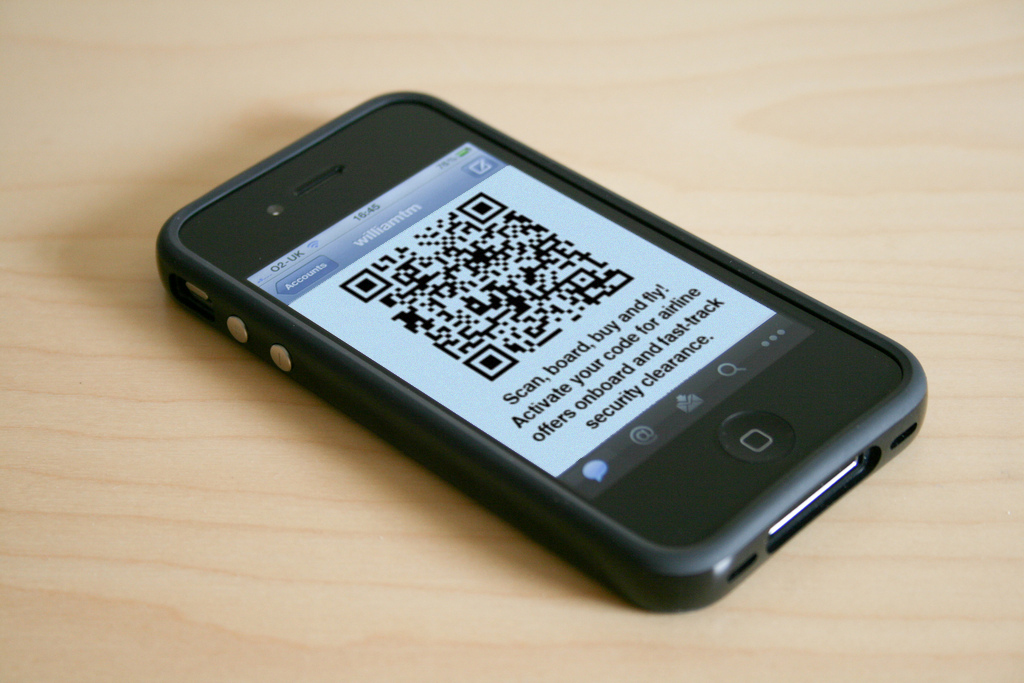Technology is a wonderful thing and I’m sure most readers would agree with me that technology has made a big impact on air travel. Think back a couple of years when you needed to treat your paper airline ticket like cash. You loose it and you weren’t able to fly. Think forward a few months and you will find your boarding pass to contain a lot more than just the flight departure details – thanks to QR codes and clever technology.
A Quick Response or QR code is a two-dimensional code first designed for the automotive industry. The system has recently become popular outside of the industry due to its fast readability and comparatively large storage capacity. The code consists of black modules arranged in a square pattern on a white background.
QR scanning apps are now widely available for mobile devices; they facilitate the ease of transfer from the printed word to a web page which can provide comprehensive product information and offers. They are a huge success in Asia especially Japan and South Korea and now airports, airlines, ferry boats or rail operators can use them to enhance promotional offers and generate new revenues.
Securidox, a document delivery firm, believe that the inclusion of a QR code on their securely delivered airline boarding passes will not only enable the passengers’ smooth transit through their airport, but also it will take them immediately to the airline’s onboard sales portal. Airports can also use them to facilitate fast-track security or parking offers.
When asked, Mark Scott MD of Securidox said, “ID is essential, but a boarding pass is the one piece of paper that every passenger must have to travel. We can add web page specific QR codes to each of our boarding passes, so that the mobile traveller can then scan for pre-flight offers. We are developing this idea with Ivor Smith of dutyfreeonarrival.com who has secured QR codes and airline duty free data for every world airline.”
Ivor Smith Founder of dutyfreeonarrival.com said “we have a multi-lingual airline and airport webpage we receive hundreds of search strings every day asking for links to in-flight or airport duty free catalogues. The consumer wants to buy and he wants to buy in advance through technology, but he is having difficulty finding his way to the store. With the Securidox initiative, he can now print, scan and buy through a simple mechanism.”
The website Future Travel Experience agrees when Alon Kronenberg, IBM’s Lead for Mobile Applications referenced the possibilities relating to duty free and F&B. “I would not be surprised to see something along those lines piloted soon – especially around duty free,” he said. “I do believe that mobile devices offer a unique opportunity to generate ancillary revenue. Similarly, I expect the passenger’s mobile device to quickly become his/her primary point of interaction with the airline for many – if not most – CRM-related initiatives.”
Mark Scott added, “The hidden benefit of these codes is that (not only) can they be targeted to a specific offer, but also detailed analytics can be collected from each user. Longer term, the facility could be linked to a passenger’s Loyalty account. But the real benefit is that the passenger starts thinking and searching how to ‘buy-on-board’, before he arrives at the airport.”
[Image is a LateDeparture composite of a Flickr photo by William Hook (Some rights reserved) and a QR code example from Securidox]

